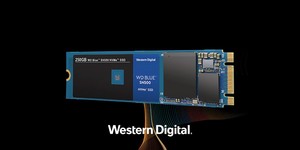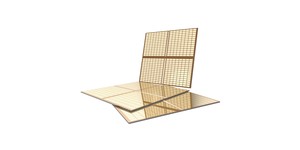DRAM pricing to drop 25 percent, DRAMeXchange predicts
June 10, 2019 | 10:07
Companies: #chinese-government #dramexchange #huawei #trendforce #us-government

DRAMeXchange, the memory-focused division of market-watcher TrendForce, has doubled-down on its prediction of plummeting memory prices for the third and fourth quarter of the year - and claims that the trade war between the US and China is responsible.
Tensions between the US and China have been bubbling following US President Donald Trump's launching of a trade war in March 2018 through an executive memorandum enforcing harsh tariffs on around $60 billion of Chinese imports. By September 2018 this was expanded to $200 billion in imports, and in May this year expanded again to increase the tariffs from 10 percent to 25 percent and add an additional 25 percent tariffs to a further $325 billion in Chinese goods. Later that month the trade war was kicked up a notch with a blockade against Chinese technology giant Huawei and its subsidiaries - and it's this that has given DRAMeXchange cause to revise its predictions for the memory market through to the end of the year.
DRAMeXchange, the division of market-watcher TrendForce responsible for monitoring the memory industry, had previously predicted that the trade war would have an impact on demand that would see dynamic random access memory (DRAM) pricing drop by 10 percent in the third quarter and a further 2-5 percent in the fourth quarter of 2019. Now, the US embargo on Huawei has been fingered as hitting peak-season demand still further: The forecast for the latter half of the year has been increased to a 10-15 percent decline in pricing for the third quarter and another 10 percent for the fourth, for an overall decline of up to 25 percent by year's end.
While dropping prices should be good news for buyers in the short term, its long term impact on the industry shouldn't be underestimated: DRAMeXchange analysts predict that a 'quick-freeze' of demand will mean excess DRAM inventory leading to write-offs putting DRAM supplies into the red by the end of the year. The company has, however, predicted 'price elasticity, limited supply bit growth, and other factors' as driving prices upwards again in 2020.

MSI MPG Velox 100R Chassis Review
October 14 2021 | 15:04








Want to comment? Please log in.